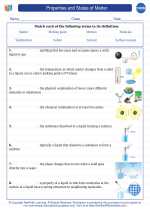Greenland
Greenland is the world's largest island, located between the Arctic and Atlantic Oceans, east of the Canadian Arctic Archipelago. It is an autonomous territory within the Kingdom of Denmark. Greenland has a rich cultural heritage and is known for its stunning natural landscapes, including glaciers, fjords, and icebergs.
Geography and Climate
Greenland is predominantly covered in ice, with the Greenland Ice Sheet being one of its most prominent features. The island experiences a polar climate, with long, cold winters and short, cool summers. The coastal regions have a milder climate due to the influence of the Atlantic Ocean.
Culture and People
The indigenous people of Greenland are the Inuit, who have a distinct cultural identity and traditional lifestyle. Greenlandic, a dialect of Inuit, is the official language, and the majority of the population is bilingual, speaking both Greenlandic and Danish. The culture is rich in traditions such as kayaking, dog sledding, and drum dancing.
Economy and Environment
Fishing and hunting have historically been central to Greenland's economy, and the island is also rich in natural resources such as minerals and hydrocarbons. However, climate change poses a significant threat to Greenland's environment, with melting ice and rising sea levels impacting the island's ecosystems and coastal communities.
Study Guide
When studying Greenland, it's important to focus on its geography, climate, culture, economy, and environmental challenges. Key topics to explore include the impact of climate change on the Greenland Ice Sheet, the traditional practices of the Inuit people, and the economic potential of Greenland's natural resources.
Consider the historical and contemporary relationship between Greenland and Denmark, as well as the political and social dynamics of Greenlandic autonomy within the Kingdom of Denmark.
Additionally, examine the efforts being made to address environmental sustainability in Greenland, including initiatives to mitigate the effects of climate change and preserve the island's unique natural heritage.
.◂Chemistry Worksheets and Study Guides High School. Properties and States of Matter
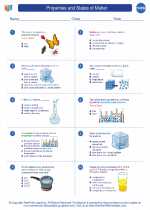
 Worksheet/Answer key
Worksheet/Answer key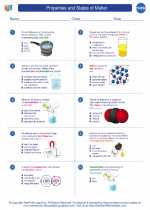
 Worksheet/Answer key
Worksheet/Answer key
 Worksheet/Answer key
Worksheet/Answer key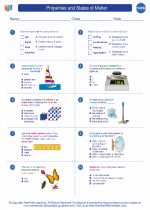
 Vocabulary/Answer key
Vocabulary/Answer key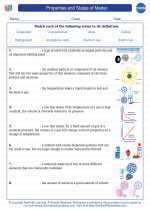
 Vocabulary/Answer key
Vocabulary/Answer key
 Vocabulary/Answer key
Vocabulary/Answer key